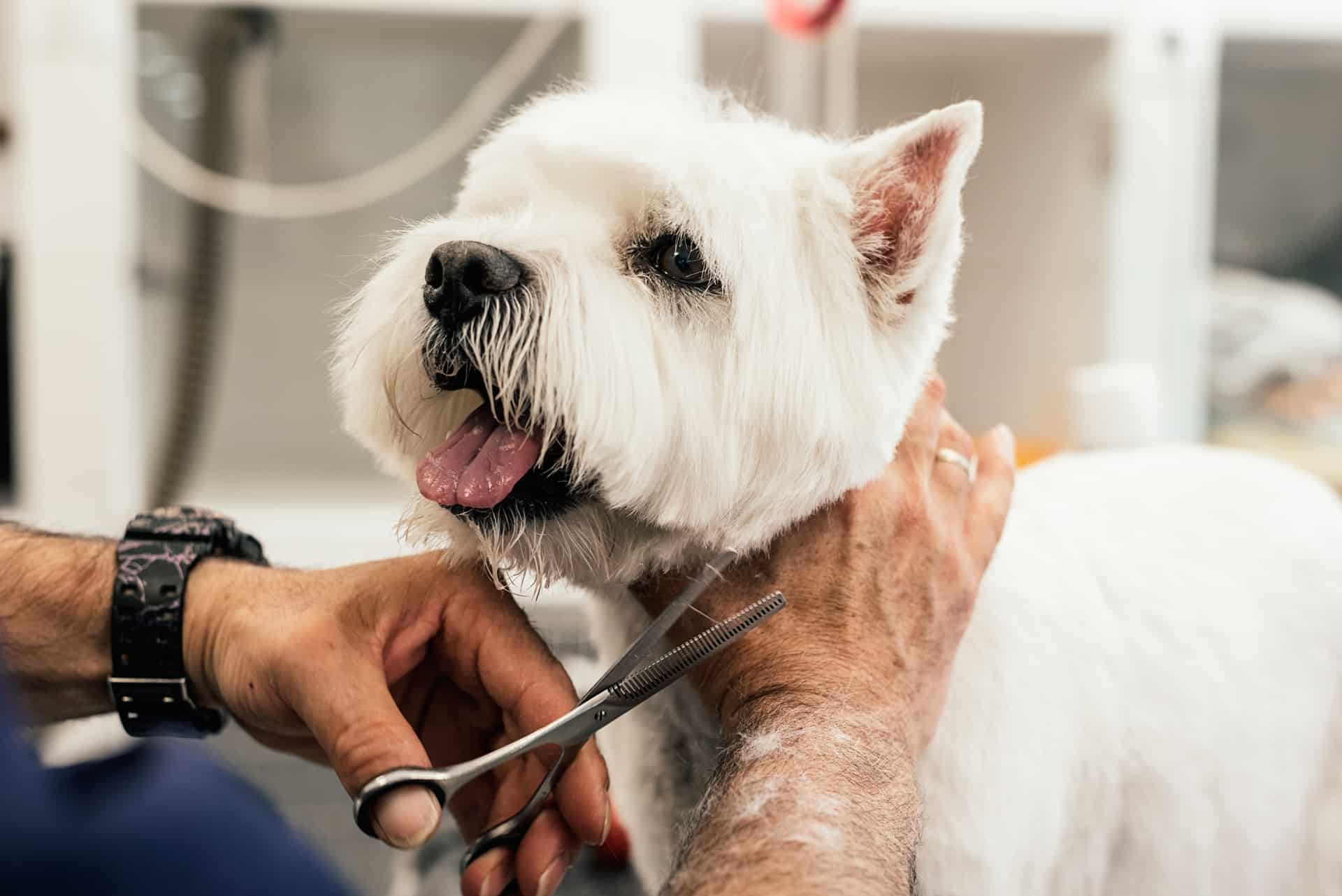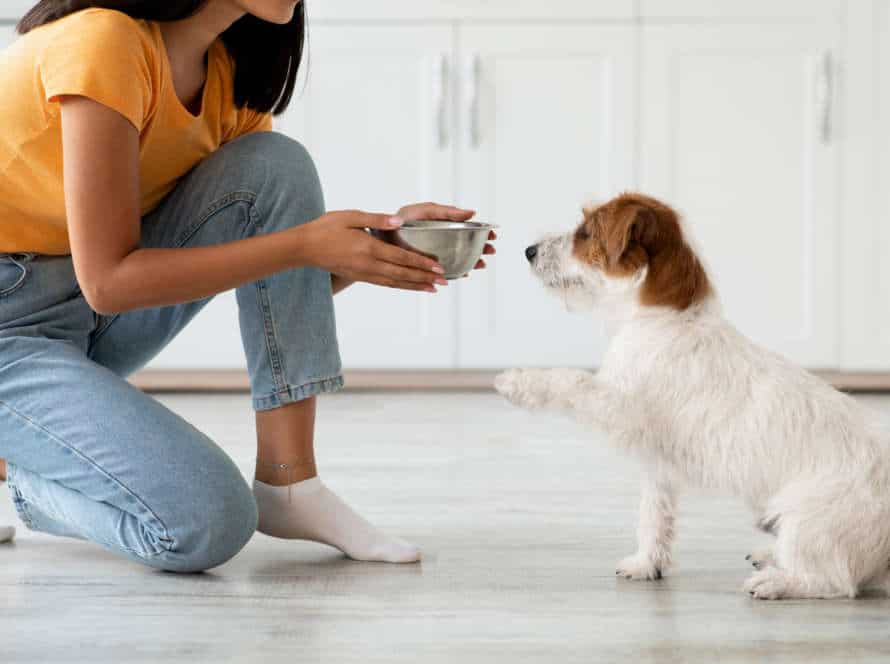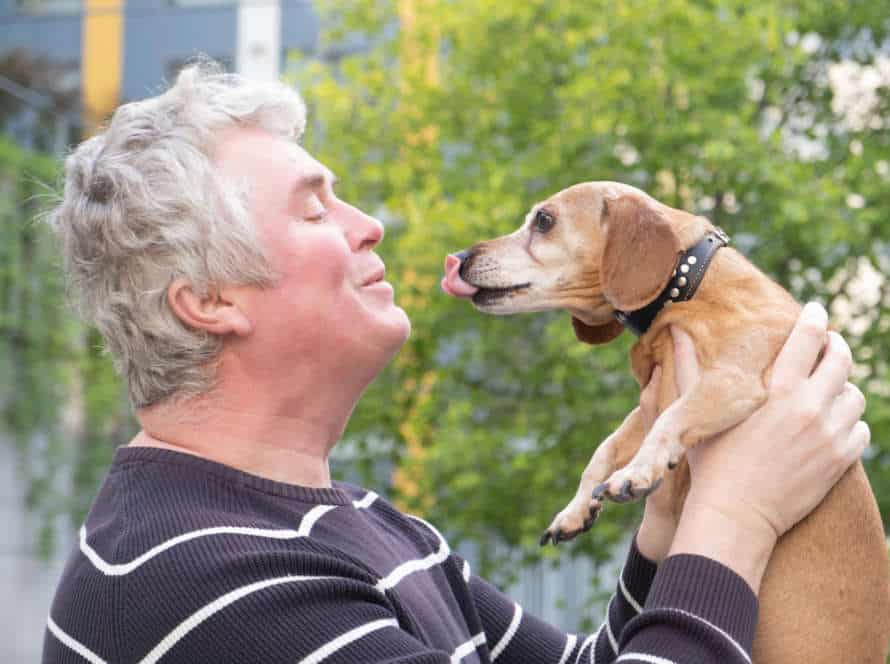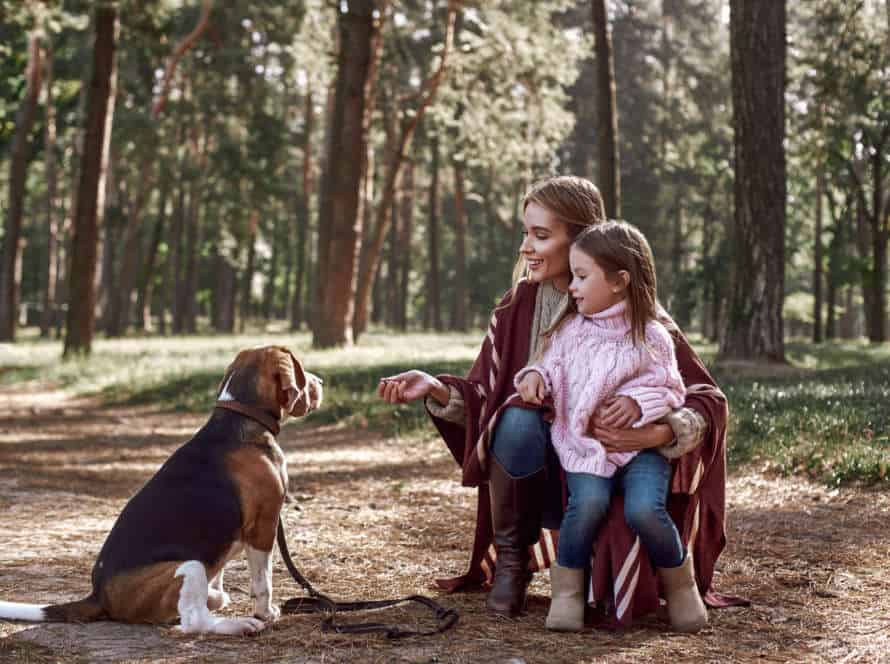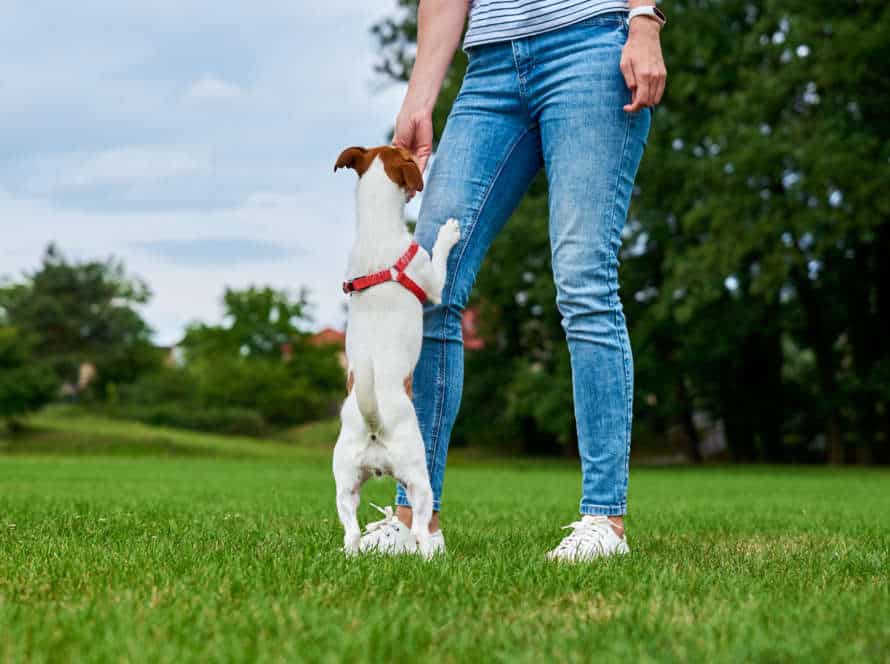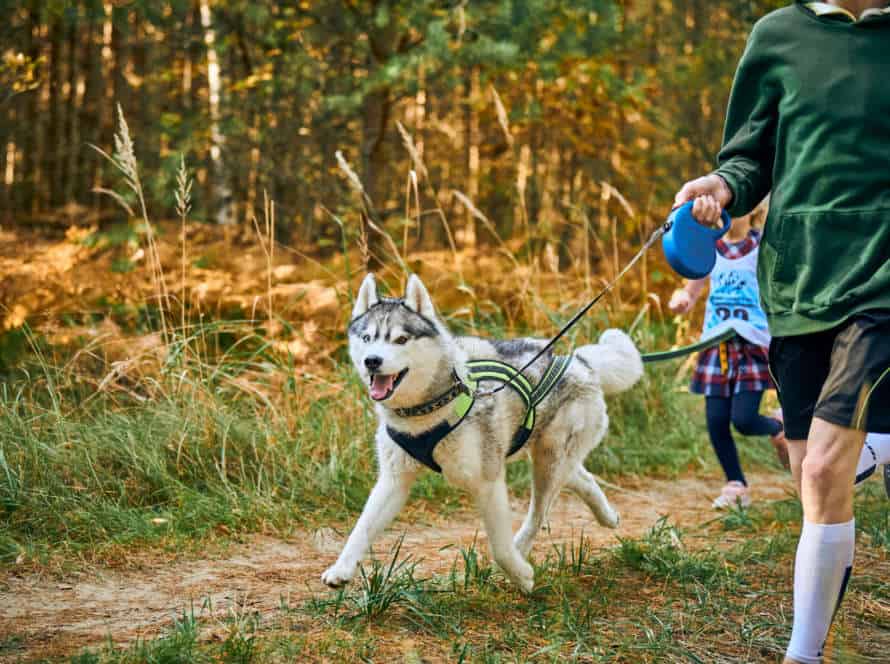The Importance of Grooming Routines for Puppies
Grooming is key for pup well-being and behavior. It keeps them healthy, clean and comfortable. Plus, it helps find medical issues, such as infections, lumps, or injuries. And, it builds trust and connection between owner and pup.
Grooming includes:
- Brushing
- Cutting
- Toothbrushing
- Eye and ear cleaning
- Bathing
Introduce it to pups early, with positive reinforcement and patience. It’s practical and a great way to bond.
The Benefits of Regular Grooming
Grooming pups is essential for their well-being! It keeps their coats clean and decreases shedding. Plus, grooming lowers the chances of skin issues and infection. Let’s take a look at the advantages of regular puppy grooming.
Keep the puppy’s skin and coat healthy and clean
Keeping your pup’s skin & coat healthy and clean is a must for their overall well-being! Regular grooming can help prevent skin infections, irritations, and other coat-related problems. Here are some key benefits:
- Shedding Control: Regular brushing & grooming keeps the coat healthy & well-groomed.
- Flea & Tick Prevention: Check for pests & remove them before they infest your house.
- Skin Health: Regular grooming keeps the pup’s skin healthy and avoids allergies & infections.
- Bonding: Grooming routines provide an opportunity to bond & create trust & affection.
Establish a grooming routine early with your puppy to develop excellent hygiene skills from the start.
Strengthen the bond with your puppy
Regular grooming is key for a strong bond with your pup and for their wellbeing. It keeps them looking and smelling nice, plus brings health and mental benefits. Skin infections can be prevented, dead hair removed, and blood circulation in their skin stimulated. Brushing their coat distributes natural oils, keeping their fur healthy and glossy. Grooming promotes relaxation and can boost their mood and behavior.
Creating a consistent routine builds trust and gives positive experiences. Make sure the grooming tools are right and the environment comfortable, so your pup enjoys the process. You are not only promoting their health but also fostering a deeper connection with them.
Early detection of skin and coat problems
Groom your pup regularly! It’s essential for spotting and tackling skin and coat issues early. Here are the benefits:
- Detect fleas, ticks, hot spots, matting, and dry skin quickly.
- Strengthen the bond between you and your pup through a calming routine.
- Improve blood circulation and give pup a massage-like effect to relax.
- Less fur in your home and less risk of allergies.
- Treat skin and coat problems faster, preserving pup’s health and happiness.
Understanding Your Puppy’s Breed
Discovering the breed of your pup is vital for making their perfect grooming routine. Depending on the breed, different grooming requirements exist – from coat trimming, brushing and bathing, to daily nail trimming and ear cleaning. The routine you pick will be chiefly based on your pup’s breed and its special needs. Let us delve deeper into this.
Different coat types require different grooming needs
Puppies need different grooming to keep them looking and feeling their best. Learn your pup’s breed and coat type to know the right routine. Here are some tips:
- Short-haired breeds: Low-maintenance coat. Brush with soft brush/rubber curry comb weekly.
- Long-haired breeds: High-maintenance coat. Daily brushing to avoid tangles, mats. Professional grooming every few months.
- Double-coated breeds: Thick undercoat and longer topcoat. Regular brushing to remove dead hair and prevent matting. Frequent bathing.
- Curly-haired breeds: Thick, curly coat. Trimming to stop matting, tangling. Use correct tools – slicker brush, metal comb or pin brush.
Unique grooming needs for hypoallergenic breeds
Hypoallergenic breeds have unique grooming needs. Their coats protect them from allergens and parasites. To keep their fur healthy and free from tangles & mats, regular grooming is needed. Here’re some needs for hypoallergenic breeds:
- Brush the coat – reduce shedding & mats.
- Trim hair around eyes & ears – reduce risk of infection & irritation.
- Bathe frequently – keep coat clean & remove allergens.
- Clip nails regularly – prevent overgrowth & discomfort.
- Clean anal glands – prevent discomfort & infection.
Follow a routine tailored to breed-specific needs. This way, your pup stays healthy & happy. Pro tip: Regular grooming is also a great way to bond & monitor physical health.
Grooming needs for long and short-haired breeds
Grooming your pup is key to keeping it healthy and clean. Know what kind of fur it has. Long-haired breeds like Shih Tzus and Poodles need frequent brushing. Short-haired breeds like Chihuahuas and Boxers are fine with fewer sessions. Brushing removes dirt, tangles, and dead hair. Regular baths with a mild shampoo and conditioner are a must. Don’t forget the ears, paws, and nails – bacteria and ticks love these spots. Trim the nails and brush the teeth to prevent infections and dental diseases. Grooming builds a bond and keeps your pup in top shape.
Grooming Tools and Techniques
Grooming your pup? That’s key! Responsible ownership demands it.
To ensure Fido stays in tiptop health, familiarize yourself with the various grooming tools and techniques. This section will cover exactly what you need to know about these tools and techniques for your pup’s grooming needs.
Basic grooming tools needed for puppies
Grooming is a must for puppies. Here are the necessary tools:
- Brush: Use a slicker or pin brush. Short, gentle strokes are key. Don’t press too hard.
- Comb: Stainless steel combs help remove tangles and smooth fur, especially for long-haired breeds.
- Nail Clippers: Use dog-specific clippers to trim nails. Cut slowly and avoid the pink vein.
- Shampoo: Dog-specific shampoo for when your pup gets too dirty or smelly. Make sure to rinse well.
- Towel: Soft towels for after bath time or getting wet outside. Don’t use hair dryers; it may scare them.
These tools will keep your pup clean, healthy, and happy. Establish a good grooming routine now to create a strong bond.
Techniques for brushing, bathing and drying puppies
Brushing, bathing, and drying are important for puppy grooming. It helps them stay clean, prevents matting, and keeps skin and fur healthy. Here’s what to do:
- Brush: Use a soft brush to remove knots and tangles. Brush in the direction of fur growth. Be careful with sensitive areas.
- Bathe: Use lukewarm water and a puppy shampoo. Rub the shampoo in and rinse. Keep water out of ears and eyes.
- Dry: Pat dry with a warm, clean towel. Then use a low-setting blow dryer, at least 12 inches away from the pup. Let them stay calm.
Grooming frequency based on your puppy’s breed and coat type
The amount of grooming your pup needs depends on its breed and fur type.
- Long-haired breeds like Shih Tzu, Maltese, and Yorkshire Terriers require daily brushing, combing, and trimming to avoid knots.
- Breeds with short fur, such as Beagles, Bulldogs, and Boxers, just need weekly grooming to rid of loose hairs and dirt.
- Double-coated breeds, such as Huskies, Samoyeds, and Golden Retrievers, need twice-yearly de-shedding, brushing, and trimming, plus daily grooming during shedding season.
- Single-coated breeds, like Greyhounds, Weimaraners, and Chihuahuas, only need weekly grooming.
It’s important to create a grooming routine for your pup’s health. This will keep its coat clean and tangle-free.
Common Grooming Issues and Solutions
Grooming is vital for puppy care. It keeps their coats, skin and health in check. But, what do you do if your pup has grooming issues? This section will help by going over common grooming issues and their solutions. That way, your pup will stay healthy and happy!
Nail trimming and paw pad care
Nail trimming and paw pad care are essential for a pup’s grooming. Not taking care of these can cause discomfort, infections, and more health issues.
To trim nails:
- Use a clipper meant for dogs and styptic powder in case of accidents.
- Hold the paw and press down to show the nail.
- Cut off the tip of the nail at an angle, away from the quick.
- Do this for all the puppy’s nails.
To care for the paw pads:
- Check them frequently for cracks, burns, or other issues.
- Keep the area dry and clean. Moisture can cause infections.
- Rub a small bit of petroleum jelly or paw balm onto the pads, to protect during walks or play.
Ear cleaning and dental hygiene
Ear cleaning and dental hygiene are essential parts of a pup’s grooming routine. It helps to avoid common health issues.
To clean the ears: Lift the pup’s ear and spray an ear-cleaning solution bought at pet stores into the ear canal. Massage the base for 30 seconds. Wipe away any wax or debris with cotton balls or gauze.
To care for the pup’s teeth: Brush their teeth daily using a pet-safe toothbrush & toothpaste. Get dental chews designed to reduce plaque. Avoid hard chews and bones – they can harm teeth and gums.
Pro tip: Start dental hygiene early to prevent dental problems.
Dealing with fleas, ticks and other parasites
Parasites, such as fleas, ticks, and mites, are a common issue for dogs, especially puppies. A grooming routine that involves regular checks and prevention measures can help keep your pup healthy and happy.
Here are some ideas to deal with parasites:
- Check your pup’s coat and skin often for signs of fleas, ticks, and mites. Look for itching, scratching, and redness. Use a flea comb to remove any pests or eggs.
- Brush your pup’s coat often to get rid of dirt and debris. This also prevents mats and tangles that can hide parasites.
- Use a flea and tick prevention treatment recommended by your vet. Options include topical treatments, collars, and oral medications.
- Keep your pup’s bedding and living area clean. Vacuum regularly to avoid infestations.
- If you see signs of infestation or if your pup is showing symptoms like fever, tiredness, or loss of appetite, consult your vet.
A regular grooming routine is key for your pup’s health and hygiene. It’s also a great way to bond with your furry friend.
Tips for a Safe and Enjoyable Grooming Experience
Grooming‘s vital for a pup’s health and joy. It helps keep fur clean, minimizes shedding, and avoids matting. Plus, it strengthens the connection between you and your pup!
Get the right tools and follow a few easy tips. That’ll make the experience safe and fun for both of you!
Introduce grooming routines to your puppy gradually
Time to start grooming your pup! Here’s how:
- Begin slowly. Pet your pup & touch their paws, ears & tail – get ’em used to it!
- Reward your pup with treats & praise – make it a positive experience.
- Introduce grooming tools gradually – start with soft brushes & combs.
- Keep sessions short – 10-15 mins is enough, especially at first.
- Grooming routines keep your pup calm & their skin & fur healthy!
- Remember: consistency is key – make it part of your regular routine.
Use treats and positive reinforcement during grooming
Using treats and positive reinforcement during grooming can make it enjoyable for your puppy. Try these tips:
- Introduce your pup to grooming tools, like a brush or nail clippers, in a calm environment. Give treats and praise for calm behavior.
- Increase the duration and intensity of grooming sessions. Reward pup with treats and praise for good behavior.
- If pup gets anxious, take a break, give treats and reassurance.
- Eventually, your pup will associate grooming with positive experiences, making it a relaxed and enjoyable experience.
Seek professional advice for specific grooming concerns.
Grooming your pup is a must! Not only for looks, but also for their health. Every breed has specific grooming needs, so make sure to get professional advice. Here are some tips for a safe and enjoyable experience:
- Introduce grooming slowly, starting with short sessions.
- Use the correct tools for your pup’s fur type.
- Choose a quiet area away from distractions, for them to feel relaxed.
- Reward good behavior during and after the session.
- Get help for breed-specific concerns, like skin and coat care, nail trimming, or ear cleaning.
Remember that regular grooming helps prevent health issues and reinforces good behavior, keeping your pup healthy and happy!
Frequently Asked Questions
Q: Why is grooming important for puppies?
A: Grooming is important for puppies to maintain their overall health and appearance. It helps to prevent matting of their fur, reduce the risk of skin infections and keep their coat shiny and healthy.
Q: How often should puppies be groomed?
A: Puppies should be groomed at least once a week to keep their coat in good condition. However, the frequency of grooming can vary depending on the breed and coat type of the puppy.
Q: What are the basic grooming routines for puppies?
A: The basic grooming routines for puppies include brushing their fur, cleaning their ears, trimming their nails and giving them a bath when necessary.
Q: Can puppies be groomed at home or should they be taken to a professional groomer?
A: Puppies can be groomed at home, but it is important to use the right tools and techniques. It is also recommended to take them to a professional groomer occasionally to ensure their coat is properly trimmed.
Q: How does grooming help with socialization for puppies?
A: Grooming helps with socialization for puppies by getting them used to being touched and handled. This can help them become more comfortable with human interaction and reduce anxiety when taken to the groomer or vet.
Q: What are the benefits of using natural grooming products for puppies?
A: Natural grooming products for puppies are beneficial because they are free from harmful chemicals that can irritate their skin. They are also typically gentler and more soothing, providing a more comfortable and enjoyable experience for your puppy.

